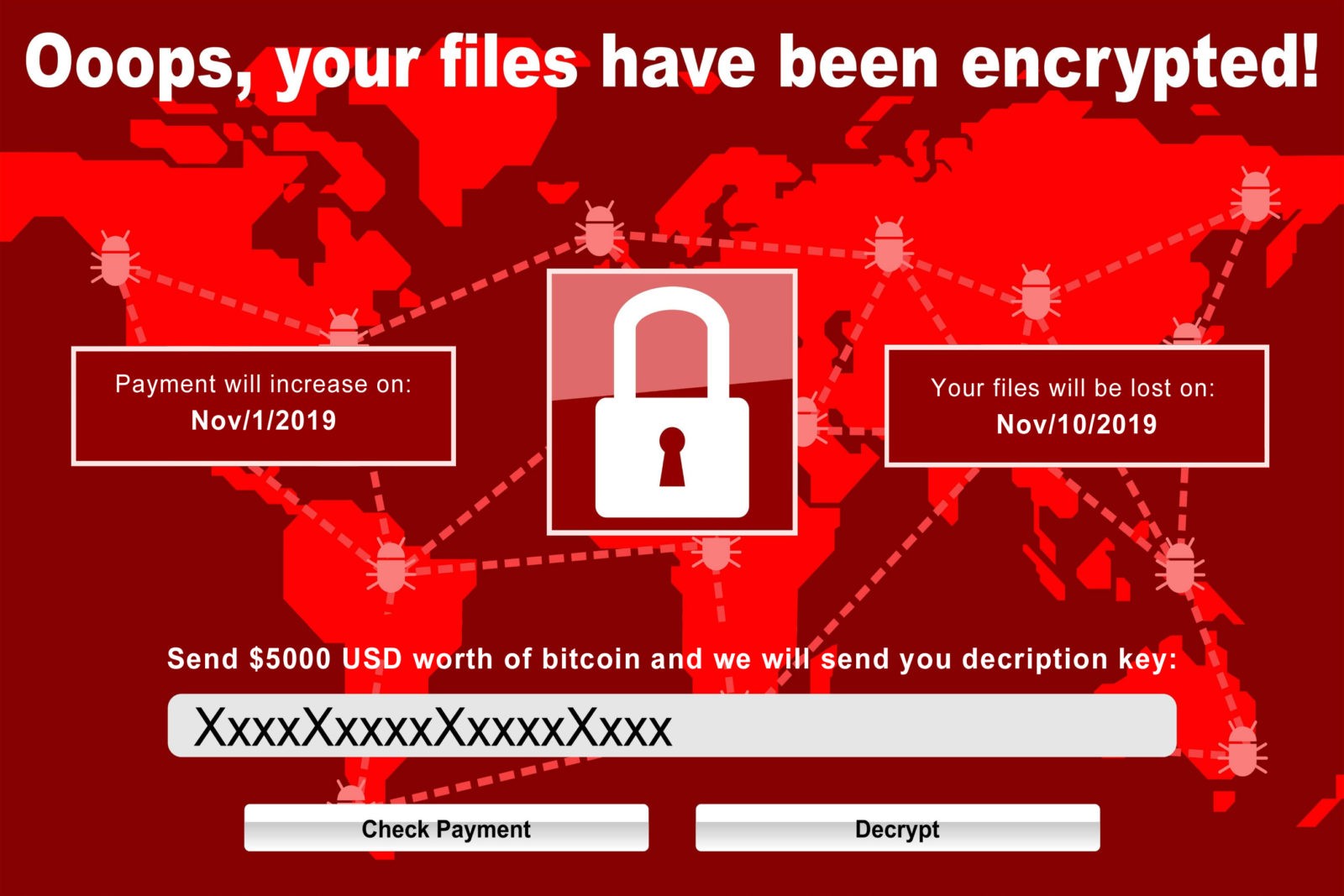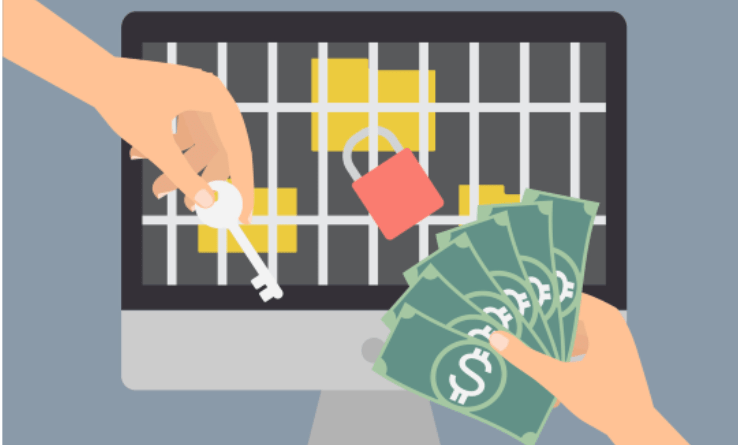The Threat of Ransomware
The malware that hits your data and your productivity.
Ransomware is on the rise, and not by accident.

Why does It seem like Ransomware is such a buzz word?
Recently, it seems that more and more cybercriminals select ransomware as their weapon of choice. Knowing what ransomware is, and how to avoid falling victim to it, is critical to a business’s survival. Fortunately, this particular malware has a few distinct characteristics that make it relatively simple to identify and describe.
How To Recognize Ransomware
Knowing the warning signs is crucial for every business.
This malware classification follows a simple, but devious, method of attack: the program will encrypt files on the host system and demand that the user pay to regain access to their data, typically asking to be paid in some form of cryptocurrency. To add a sense of urgency to this demand, the extortionist will include a time limit within their demands, threatening to either delete the files or double the amount demanded if the stated deadline passes.
There are some targets that tend to be assaulted more than others. A cyber criminal’s motivation for utilizing ransomware is financial, so they will be more apt to attack targets with more capital and higher liquidity. This means that businesses are much more likely to be targeted than a private user, although the latter is not unheard of.
How Is Ransomware Spread?
 Understanding how you could be infected is the first step to avoiding infection.
Understanding how you could be infected is the first step to avoiding infection.
A favourite tactic of malware distributors is the use of email phishing—sending out deceptive emails to fool the recipient into allowing the malware to access their system. The malware is sent as an attachment that executes when opened, bypassing the system’s defenses through the user’s permission. This tendency for malware to spread via phishing provides two more reasons that businesses are so frequently targeted: camouflage and points of access.
Business users tend to get lots of emails, leading to email management on autopilot. If a corrupted email looks legitimate, what cause would an employee have to worry? These assumptions are precisely what cybercriminals rely on to infiltrate their victim’s systems.
As they grow, businesses will usually need to take on more employees to support their operations. An unfortunate side effect of this is that as a company grows in potential value to a cyber-criminal, it also increases the number of potential access points for a cyber-criminal.
Prevention is the only Solution
If Ransomware hits, your business, even with proper offsite backups may be forced to shut down for up to 5 business days. Compudata assists with Ransomware Prevention and is continually referred to recover business under the care of other IT providers that have not implemented a prevention strategy. Most recently we have taken on a local company that had their entire network crypto-locked. They ended up losing three weeks of data, everything from emails, invoices, calendar bookings, client referrals etc. They also ended up paying thousands of dollars to be restored enough to limp along until they could be fully restored. Not one of our CompuLock network security clients have experienced a successful Ransomware attack:
- Next Generation Firewall: Not all firewalls are the same: protect against ransomware
- True Layered Security: Most antivirus software does not detect ransomware until it is too late.
- Business Continuity Planning: What is your best plan for the worst case scenario?

 Understanding how you could be infected is the first step to avoiding infection.
Understanding how you could be infected is the first step to avoiding infection.